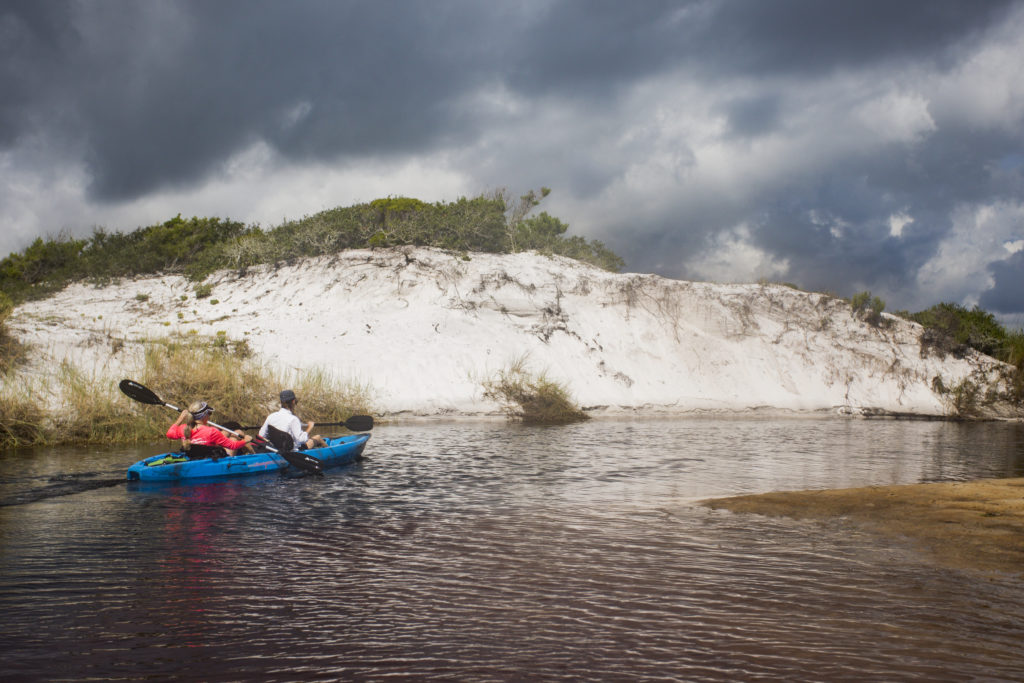As recovery and restoration efforts ramp up post-Hurricane Michael, restoring the towering sand dunes that define beaches across Florida’s Panhandle has become a critical priority to local, state and federal agencies as well as coastal residents. But information about how best to restore dunes has not yet been collected in one place.

Responding to this information need, the University of Florida Institute of Food and Agricultural Sciences and Florida Sea Grant have released “Dune Restoration and Enhancement for the Florida Panhandle,” a first-of-its-kind manual that describes restoration techniques specific to the Panhandle.
“These restoration techniques have been developed and tested through research and monitoring activities for the northern Gulf of Mexico region,” said Mack Thetford, a professor in the UF/IFAS environmental horticulture department and a co-author of the manual.
“The manual will be especially helpful as restoration efforts begin across the region to restore dunes that were flattened during Hurricane Michael,” Thetford said.
Thetford and his co-authors drew upon two decades worth of local knowledge, peer-reviewed journals and government documents to compile the manual.
For many years, the authors have worked with homeowners, local government officials, land managers, nurseries and restoration project managers. They received repeated requests for a common resource with basic and targeted information pertinent to dune restoration in the Panhandle. While this information did exist for the Atlantic coast, a manual specific to the unique flora and fauna of the dunes that line Florida’s Panhandle did not.
The authors say the three-part manual can assist managers and homeowners with the development of restoration goals, introduce restoration practitioners to required permitting processes or help contractors with timelines for restoration activities based on the knowledge of the impacted plants and animals.
The first section of the manual provides a summary of coastal systems along Florida’s Panhandle and why dunes are so crucial to the health of the region.
“This information helps readers understand how the components of the coastal system are interrelated. They will learn about the diversity of plant communities and the roles they play in the health of our coasts,” said Chris Verlinde, UF/IFAS Extension Florida Sea Grant agent in Santa Rosa County, who was also a co-author of the manual.
The second section focuses on permitting processes, approaches to dune restoration and proven techniques to establishing dunes and planting dune vegetation.
“Readers will also learn about additional plant species that provide wildlife cover, nectar and other kinds of food for insects and wildlife,” said co-author Debbie Miller, a professor in the UF/IFAS wildlife ecology and conservation department.
The last section of the manual provides detailed information about plant species found in and around the dunes including biology, propagation methods and planting recommendations.
“This helps the homeowner understand the timeline for production or the degree of difficulty involved in the production of these plants,” Thetford said. “This information is also useful in development of specifications for contracts or seed-collection permits for projects that will require access to seed or cutting materials in advance of restoration planting.”
A free download of the Dune Restoration and Enhancement for the Florida Panhandle manual is available at: http://edis.ifas.ufl.edu/sg156



